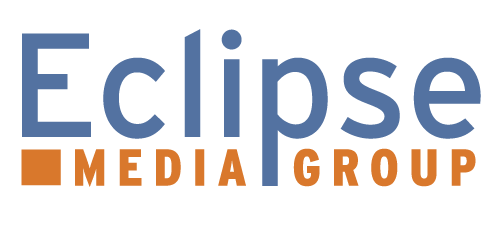4 Ways to Make the Most Out Of a Trade Show
Posted on August 30, 2019 by Rachel Peck

By Emma James
There are few opportunities in the PR world that garner immediate results. As PR professionals, we are constantly preparing for the future, often times working weeks and months in advance to engage with the media and conference program organizers to identify and pursue different media opportunities, from onsite, in-person media interviews and educational presentations as part of the conference, to other future editorial opportunities, such as articles, interviews and webinar collaborations.
Trade shows provide a unique opportunity to meet directly with attending media and have the opportunity to fast track the process of having editorial discussions with media to pitch a coverage opportunity or have the chance to make a presentation directly to a group of people already interested in your area of expertise. What might ordinarily take a month or two to accomplish instead can be achieved in a few short days at a show.
Here are a few tips to make the most out of the different PR opportunities that trade shows can offer.
1. Plan ahead
Trade show planning typically occurs close to a year in advance. At this point, you should be investigating potential speaking opportunities as part of the educational programming for the event, securing booth space and exploring applicable sponsorship opportunities. Many of these deadlines occur far in advance, and the longer you wait the slimmer the chance of getting what you want – whether it’s booth space front and center, or that coveted free speaking engagement.
While attending the show is the most important way to participate, planning for opportunities far ahead of time ensures you stay organized and leverage as many opportunities as possible. That said, be sure to keep a spreadsheet of any individuals you contact regarding the show, so you can stay organized and follow-up when appropriate. There is no way to keep track of every email you send without a system, so create a Google Doc with key information, including the contact’s name, title, email and status.
2. Schedule meetings
Do your research in advance, using the media list that trade shows typically provide. Once you’ve highlighted the publications relevant to your field of expertise, reach out and introduce yourself – first in a preliminary email and then at the show. The more outlets you can talk to, the more coverage your company will get in the future. These first steps to making connections can eventually lead to working relationships with the editorial staff of the different publications.
However, beware the cold email. Make sure your pitch is relevant to the journalist, either by citing some recently written articles or by explaining your knowledge of the publication audience and how it relates to your company. Recognize that not all media appointments will result in editorial coverage in the short term, but creating new relationships and fostering existing ones will help you in the future. Public relations is about planting seeds and waiting for the fruits of your labor to pay off. We work in the long-term, but that cannot start without saying “Hello!” first.
3. Be social
Use the free tools available to you. Social media is the easiest way to tap into the buzz surrounding a show, without spending thousands of dollars in advertising. Tweet using official hashtags, and if you’re up for it, integrate those hashtags into your own social media campaign. It’s important not to be on your phone all day, so schedule some tweets ahead of time about general show themes, and allot yourself time during the show to tweet about what is currently happening. I have become a pro at tweeting and walking to my next destination. Wherever you can find room to engage with your audience, do so.
4. Network, network, network
While social media is important, it is necessary to unplug and look around you. With thousands of people at trade shows, it’s easy to meet someone new by being aware of your surroundings. The most important conversations happen when we least expect it, so while it is important to stay engaged with show details, make sure you plan time to network. Whether by sharing a table at lunch, or attending networking events in the evening, the human connection is the most valuable part of these shows.
Trade shows are a special beast. They require a year of planning for a few days of execution. Arriving with a plan will ensure you are checking the right boxes to get the most impactful PR opportunities for your company.
Emma James is a PR Coordinator at Eclipse Media Group where she provides a well rounded approach to client content, balancing quality content while preserving client voice.
Category: Blog, PR Tips for PR Pros, Technology Tags: PR Tips, public relations, social media, value of PR
Copyright © 2024 · All Rights Reserved · Eclipse Media Group
Business Theme v3 by Organic Themes · WordPress Hosting · RSS Feed · Log in
